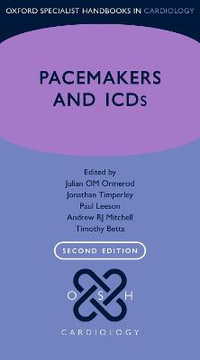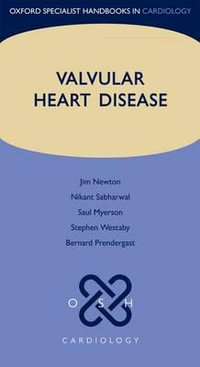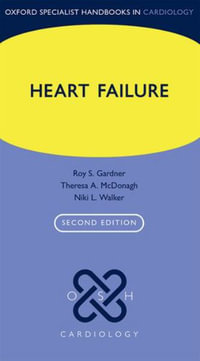Near Misses in Cardiac Surgery, best-seller in its field when originally published, has been reissued with a new foreword by Denton A. Cooley, M.D., Surgeon-in-Chief, Texas Heart Institute. Now endorsed by contemporary leaders in cardiac surgery, extracorporeal perfusion, and cardiology,
Near Misses in Cardiac Surgery has stood the test of time and will introduce a new generation of cardiothoracic surgeons and interventionalists to principles, timeless as they are essential, that enable the outcomes of cardiothoracic procedures, once performed only by surgeons in the operating room, to be successful in new hybrid suites during a transitional period in our history.
Historian Daniel Boorstin has said, "Trying to plan for the future without a sense of the past is like trying to plant cut flowers. No matter what the technical advances are, the same principles that facilitate successful outcomes in surgery (teamwork, communication, vigilance, standardization and simplicity of techniques, anticipation of the next step) apply as well to today's hybrid procedures.
Reading like a medical thriller, Near Misses in Cardiac Surgery presents synopses of 43 true cases in which the patients survived, in the expectation that the reader, cast as the surgeon, will determine the cause of the problem and solve it before the patient's demise. The next section identifies the problem and how it was actually resolved by the surgical team. Each case concludes with a detailed discussion and references.
Near Misses in Cardiac Surgery has become a resource for the Cardiothoracic Surgery Network's safety reporting system
(www.CTSNet.org) and was the template used by CTSNet as a teaching tool for the anonymous reporting of near-disasters by cardiac surgeons from around the world.
Written to challenge the reader that the patient's fate depends upon his or her ability to make appropriate decisions quickly and under pressure, this book will continue to provide clinical insight, not only for experienced cardiac surgeons, fellows and residents, but for anesthesiologists, cardiologists, internists, medical students, and nurses, as well.
























